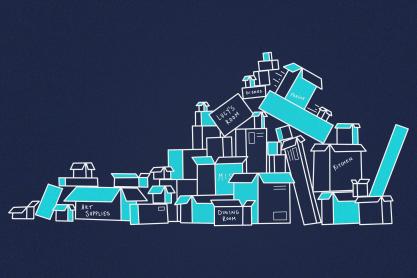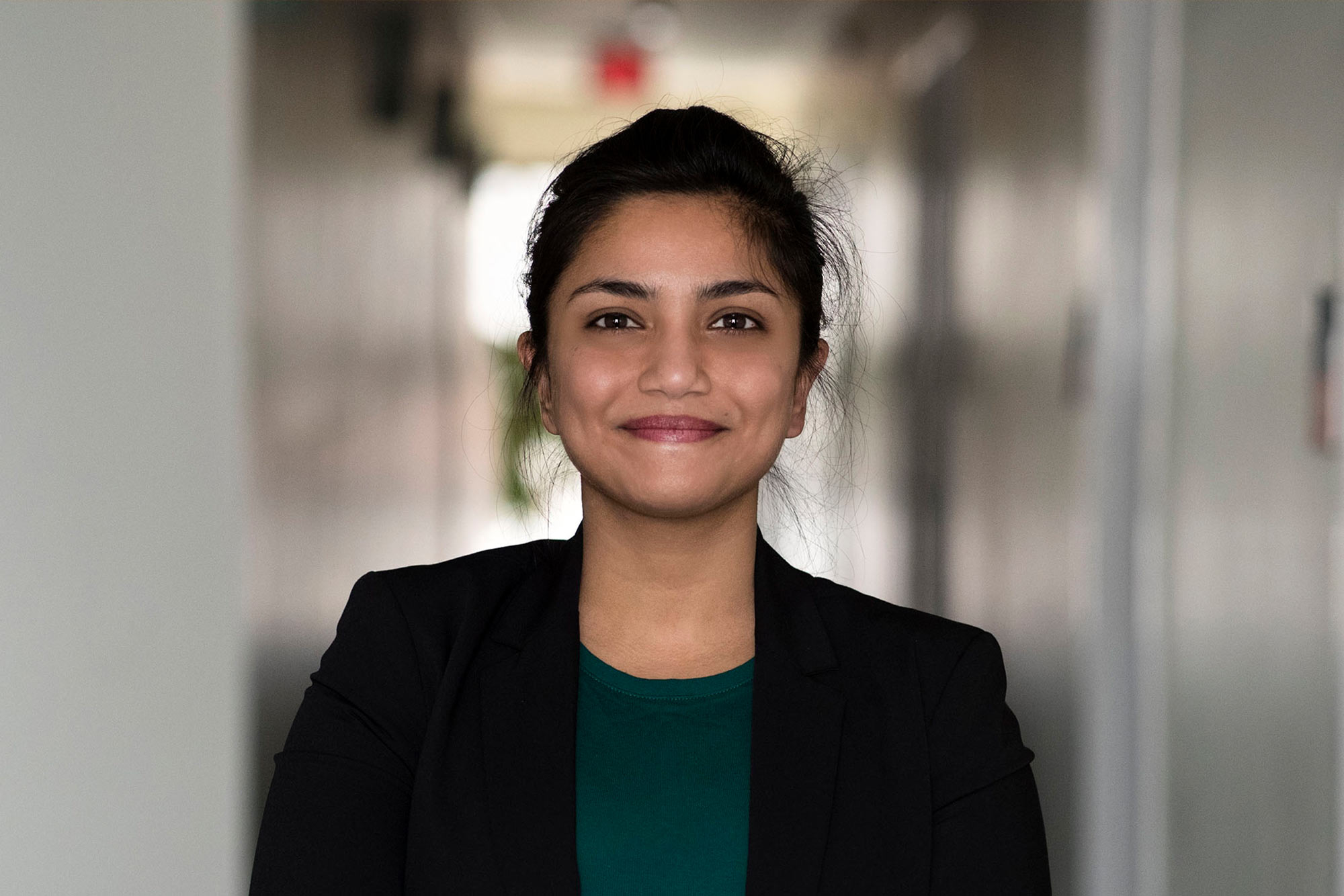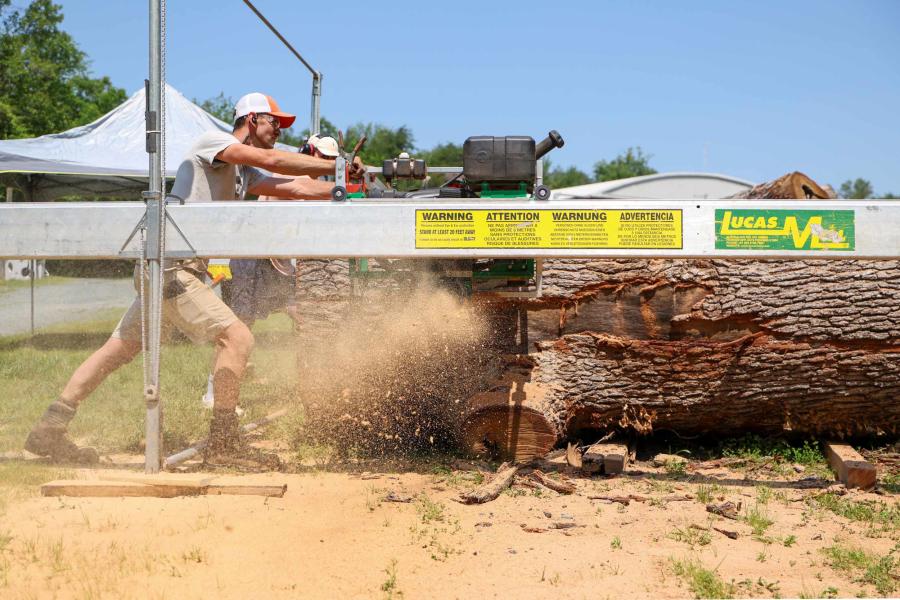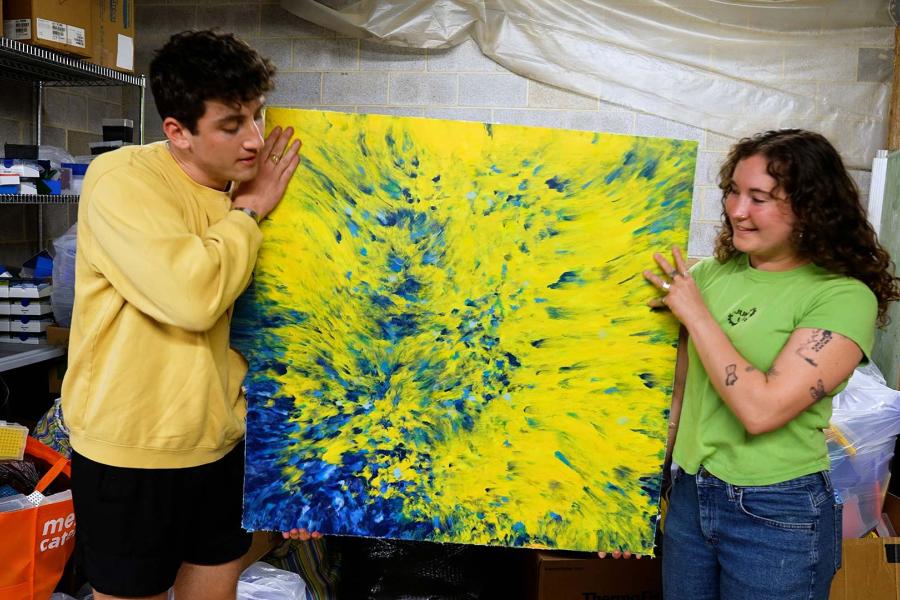Its rate of growth may be slowing, but Virginia’s population is still increasing with almost a half-million new residents expected to inhabit the commonwealth between 2020 and 2030, according to figures from the University of Virginia’s Weldon Cooper Center for Public Service.
The numbers show that Virginia’s growth rate is expected to slow to about 5.8% over the current decade, compared to the brisker increase of nearly 8% recorded between 2010 and 2020. Even a slowdown means nearly 500,000 more people will make Virginia their home by 2030, increasing the state’s population to 9.1 million.
“Historically, the statewide growth rate has fluctuated over the decades, and this slower pace of growth is not unanticipated given the nature of the current demographic trends of lower births, higher deaths and fewer people moving in,” said Shonel Sen, senior demographer from the Cooper Center’s Demographics Research Group.







